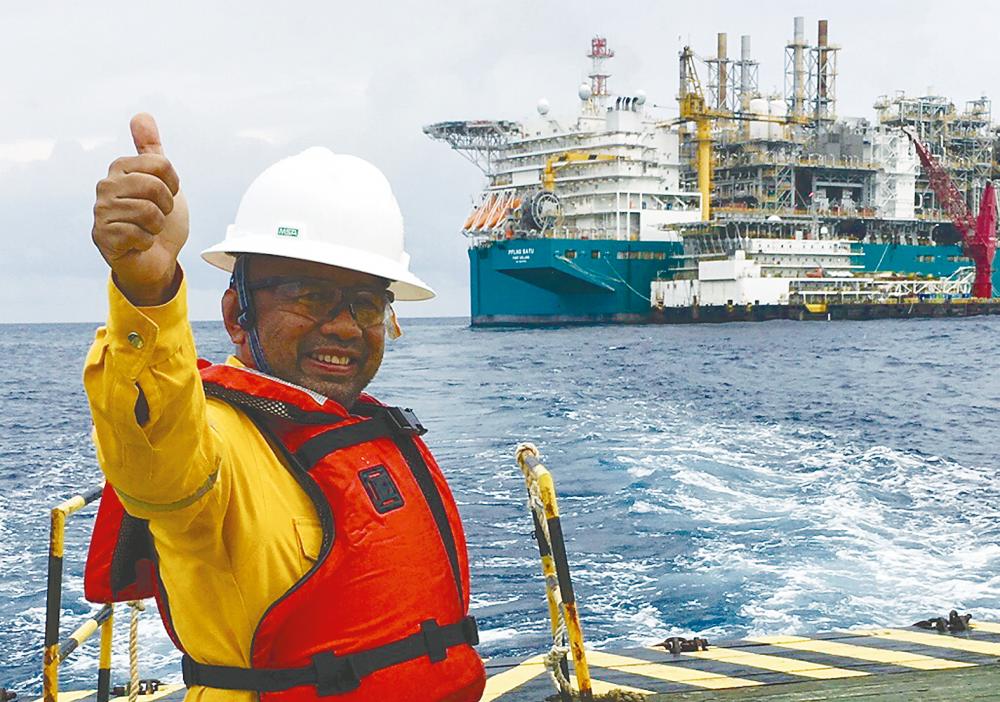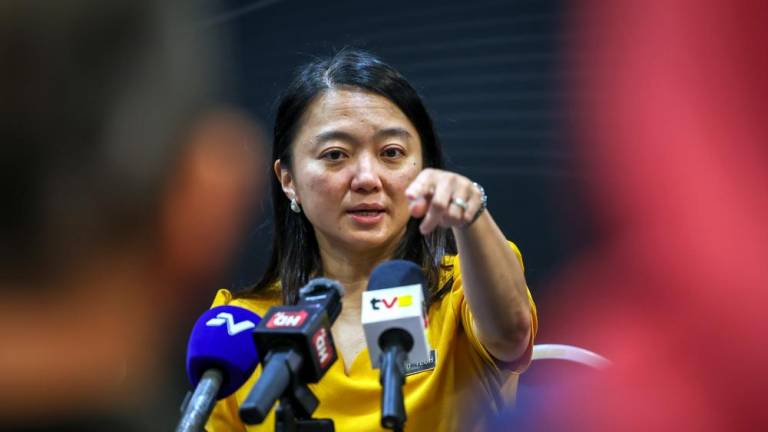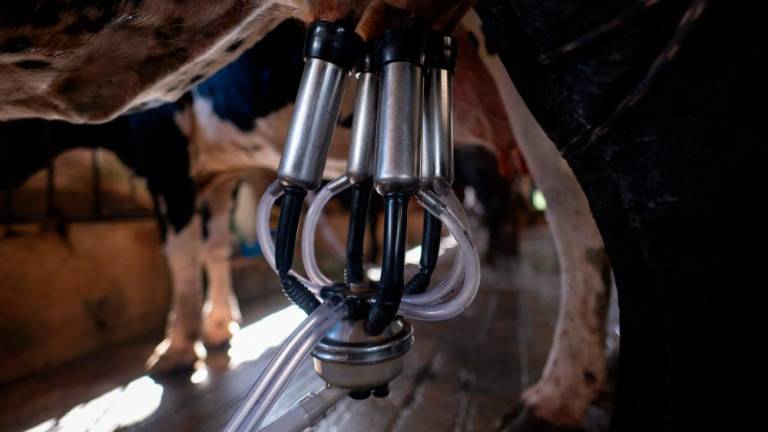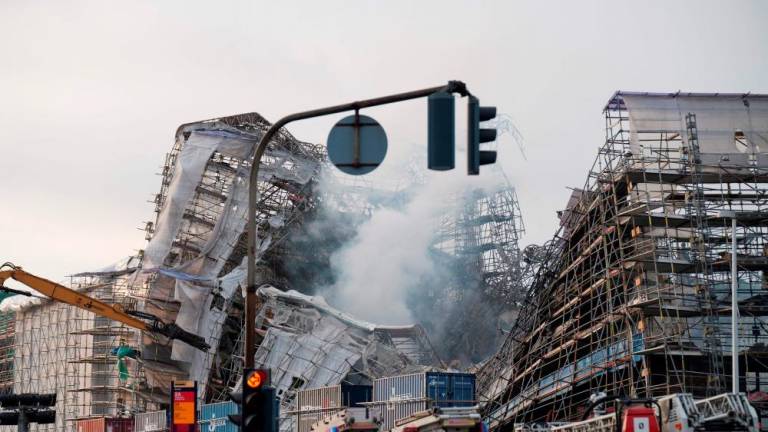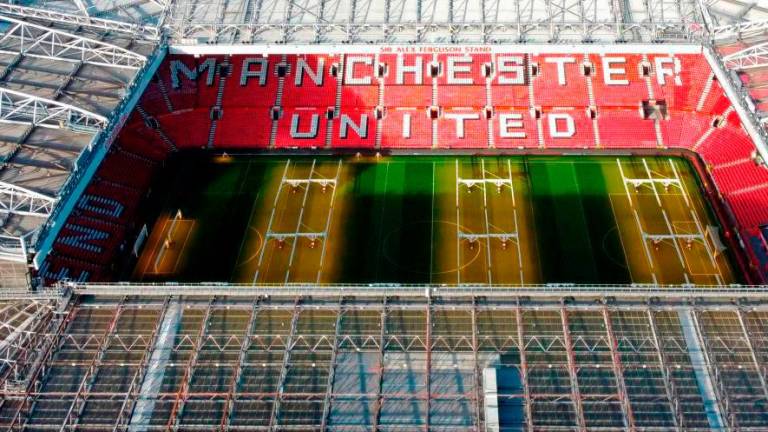DESPITE a volatile industry environment in 2018, Malaysia’s only Fortune 500 company Petronas managed to post a set of impressive results, partly due to its focus in tightly managing cost and higher oil prices.
The company’s net profit was up 22% on year to RM55.3 billion with cash flows from operating activities rising to 14% on year to RM86.3 billion.
The response, however, was mixed, with a few publications not seeing the forest for the trees by choosing to highlight only the company’s fourth quarter net profit which fell 21% on year to RM14.3 billion amid higher product costs and petroleum proceeds.
I was amused to read comments on social media with netizens and a few bloggers distorting the results with claims that the company was being “forced” to pay huge dividends to the government, which has weakened its financial position.
This sentiment is misplaced and is missing the point. Following the announcement of dividend payment to the government late last year, credit rating agencies S&P Global Ratings and Moody’s have said that the company’s A-and A1 ratings respectively, reflecting its “solid financial position that remains robust supported by strong fundamentals, sizeable net cash and ample liquidity position”.
It is also driven by the company’s transformation efforts in the past few years in the areas of operational efficiency, cost reduction and portfolio optimisation, and supported by improved oil prices.
Moody’s ratings outlook for Petronas to negative from stable was qualified – in the event that further dividend payment is required if there is an increase in government funding needs.
However, global rating agency Fitch maintained its ratings on Petronas with A-/stable. Petronas has gone on record stating its dividend payments, including the one-off RM30 billion special dividend and any future dividends, will fully take into account its ability to service its debts, fund ongoing operations and invest in the company’s future growth.
It emphasised that as steward of the nation’s oil and gas resources (and largest contributor to the nation’s coffers), the company is unlikely to jeopardise its financial position.
Tony Pua, political secretary to the finance minister, was quoted saying at the post Budget 2019 Talk on Nov 9 last year that the reason why Petronas is able to give the government the RM30 billion in special dividend was because it has more than sufficient funds in its reserves.
It would not have done so, if it didn’t have (enough) cash reserves. Proof of its financial health is the company ramping up its allocation for capital investment in 2019 to a little over RM50 billion, compared to RM46.8 billion in the previous year.
According to media reports, a significant portion of the capex over the past few years had been for the development of the Pengerang Integrated Complex, which is part of Petronas’ downstream segment.
Since the project is almost completed, the upstream segment will see a higher share of the capex.
Another politically-charged spin was that Petronas paid a higher tax rate in 2018 when in fact the tax rate for the year remained the same. The company paid higher taxes because of increased profits.
While most readers can differentiate between political spin and facts, some could miss the actual facts.
For instance, another misplaced claim in social media conversations is the emphasis on the on-year fall in the company’s equity value due to higher dividend payments. This is an inaccurate assessment. A company like Petronas usually bases its business and growth strategies on long-term goals and growth projections.
To put this into perspective Petronas’ equity growth since 2008 has nearly doubled from RM224.3 billion to RM425.3 billion, which is no mean feat for any company.
So, while Petronas had done reasonably well last year, what does the future hold for the company?
According to industry reports, oil prices are expected to remain volatile amid uncertainties in various fronts. In this context, 2019 will certainly test its mettle in not just coping with but overcoming the industry challenges and deliver value to all its stakeholders by continuing its good governance and prudent financial management.
VPC
Ex-Research Institute Director




